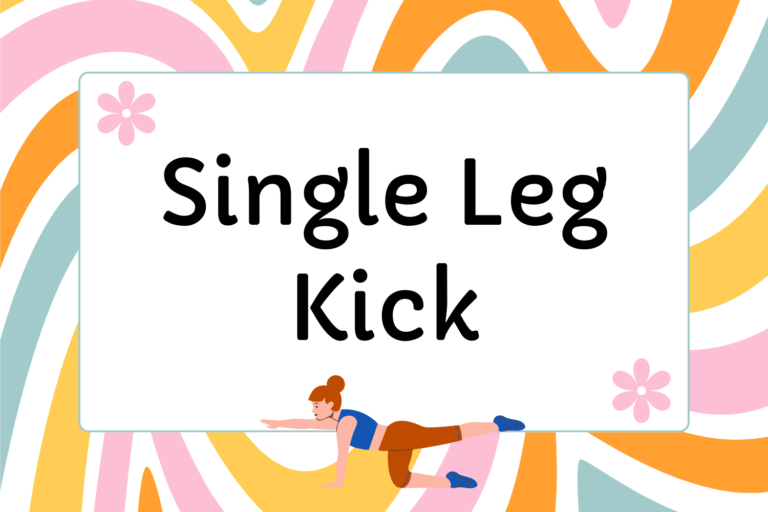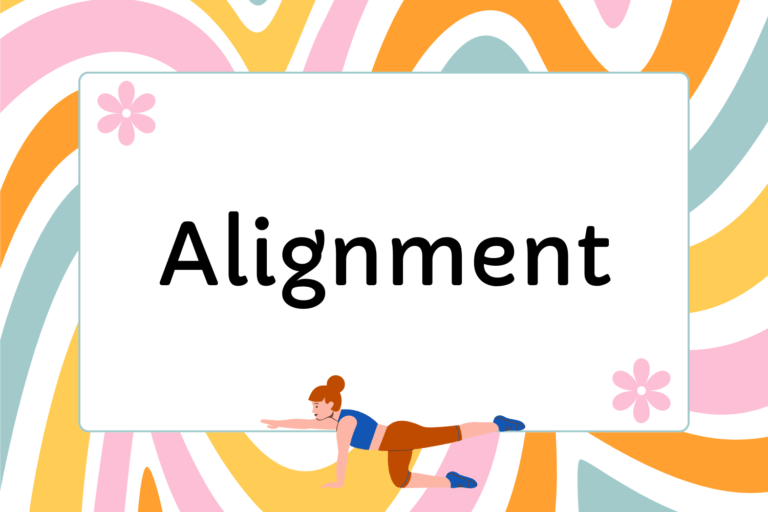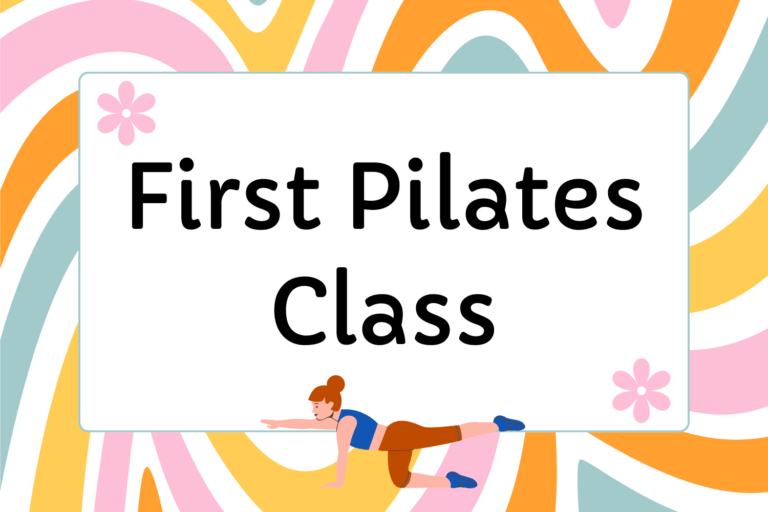Everyone comes into Pilates with different goals: some are looking to lose weight, some need the exercises for chronic back pain, and still more use Pilates to cross train for another sport. It can be overwhelming to figure out how to get what you need out of a Pilates class, no matter how determined you are in your ambitions.
If you are feeling confused, check out these tips to help tailor your practice to meet your Pilates goals:
Set a Regime
One of the first things to do when beginning Pilates is to figure out how many classes per week you want to—or can—take.
The more classes you take per week, the faster you’ll see results. At the same time, if you aren’t physically active and have never taken Pilates before, you should schedule enough time between classes to allow your body to recover. Eventually you can add more, as you feel you can handle more frequent, intense workouts.
Typically, two classes per week are considered sufficient to start with; this way, you’ll start to see results in less than a couple months, but aren’t jumping in too fast for your body to handle. Remember that you can always change your weekly class schedule to increase or decrease the number of classes you’re taking.
If you’re having trouble deciding which classes to take and when, try asking your instructor for advice.
Supplement Training & Knowledge
If you want to take more classes per week than fit into your schedule, try supplementing the missing sessions with a combination of Pilates books and DVDs. Continuing regular classes at the studio will ensure that your practice and form remain sound, but outside resources can help tide you over for those days when you have to workout at home.
Also, DVDs and books can give you a wide variety of exercises at different levels; this lets you modify your workout to fit your level and mood on any given day.
Hot Tip: Set Goals
Think about the changes you what you want to see in your mind and body after one year of Pilates. Write them down, and then tailor your practice to get you to meet that end result. As time passes you may find that your goals slowly change—but that’s okay! Just adapt your expectations accordingly. And always take the time to consult with trainers, your fellow students, or supplemental resources to make your journey more productive and effective.
Add Personal Sessions
Pilates reformer work and personal, one-on-one training sessions with a certified instructor can make a big difference in your practice and help you achieve your goals. Though they can be pricey, even having just one or two personal training sessions a month can work wonders when integrated into the rest of your practice.
A private instructor will have the time to really focus on the exercises you need to do in order to meet your goals. He/she can also give you some good advice on what you may be doing wrong!
Add Aerobics
Many studios that offer Pilates also offer a variety of aerobics-based classes. If you’re looking to lose weight, burn calories, or increase cardiovascular stamina, try adding one of these more heart-pounding sessions into your workout routine.
If your Pilates studio does not offer additional classes, there’s a multitude of other ways to get an aerobic workout: Kickboxing or aerobics DVD’s, jogging, cycling, or even brisk walking can do the trick. Keep in mind that while Pilates does burn calories, it is not designed to be a specifically cardiovascular workout so add in a little bit of aerobic work to get the best of both worlds.
Tweak Your Diet
Your diet plays a big role in the effectiveness of Pilates, whether you’re using it to help lose weight or to build lean muscle.
To see quicker, more dramatic results from your practice, try tailoring your diet to match your specific fitness goals: If you want more muscle, utilize proteins and nutritional supplements; if you’re looking to lose weight, start by cutting some of the sugars and fats out of your diet. Little changes like these will make a big difference.
Add on Props
The use of props can be very beneficial, especially for those students using Pilates to cross-train for another sport. Depending on what parts of your body you’re looking to strengthen, different props can be integrated into your class and regular Pilates practice.
For example, resistance bands, balance balls, and magic circles are frequently added into routine; they’re available in most studios for interested students.
Adults
Adults need 30-minutes of physical activity at least five days a week to be considered healthy. –U.S. Department of Health and Human Services
Focus Courses
If you have specific aims, look for specifically designed courses. Though most general Pilates classes will probably give you what you need, many studios offer particular courses than may guide you more directly and effectively towards your goal.
Many studios and instructors offer classes geared toward issues like back pain; they also frequently offer both DVDs and live classes tailored to athletes and dancers who are cross training.
Look around your area or through the studio schedule to see what courses are available. You may be surprised at what you find!
Go for Goals!
No two Pilates students have entirely the same goals when they enter a class. But if you know what you want out of your practice, you’re already a step ahead of the game. Keep these simple tips in mind and you’ll be well on your way to achieving your goals in record time!





